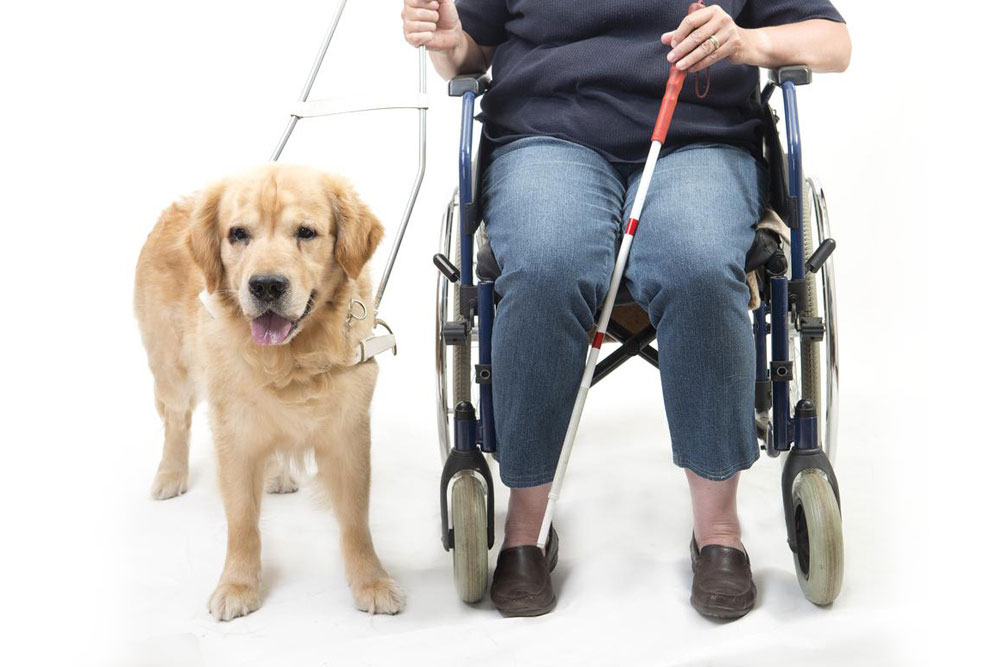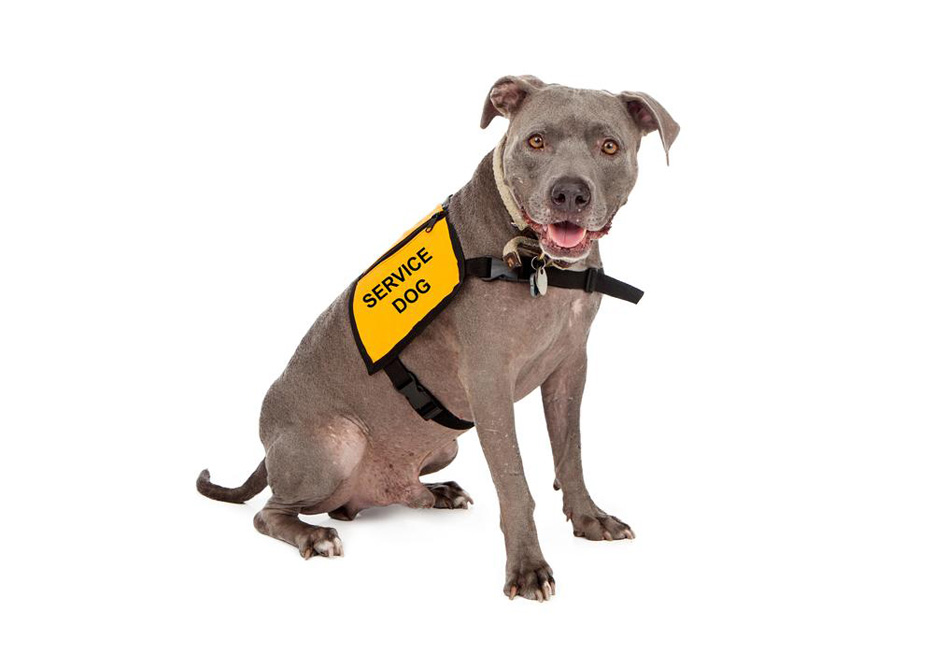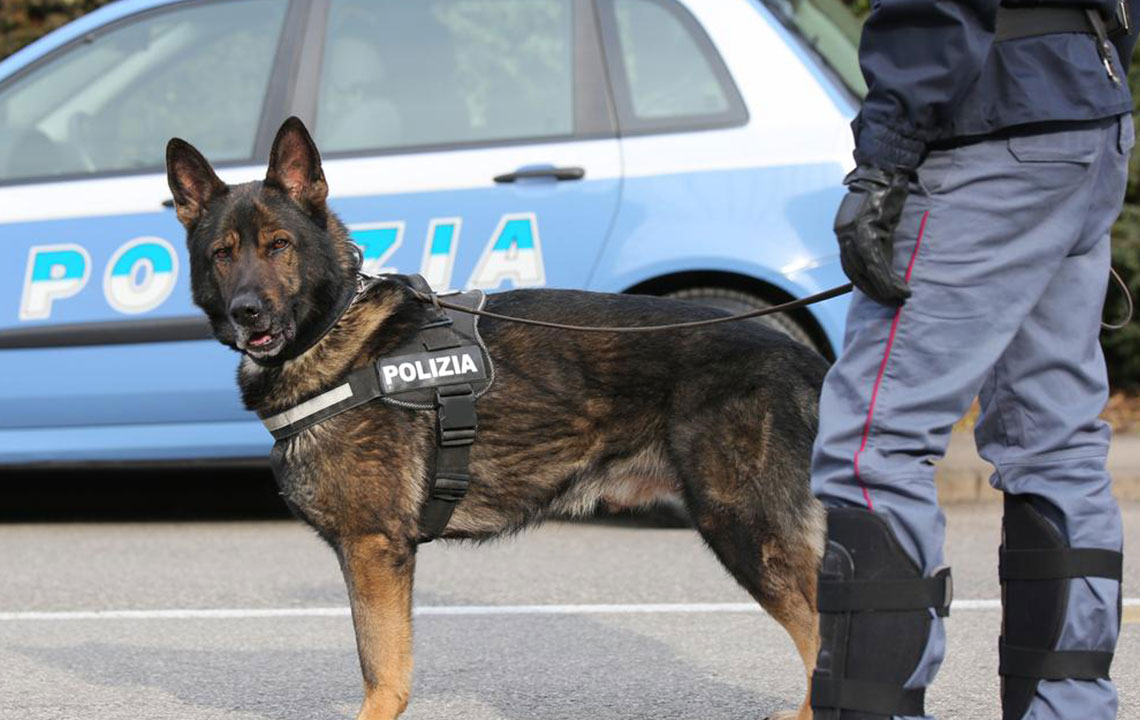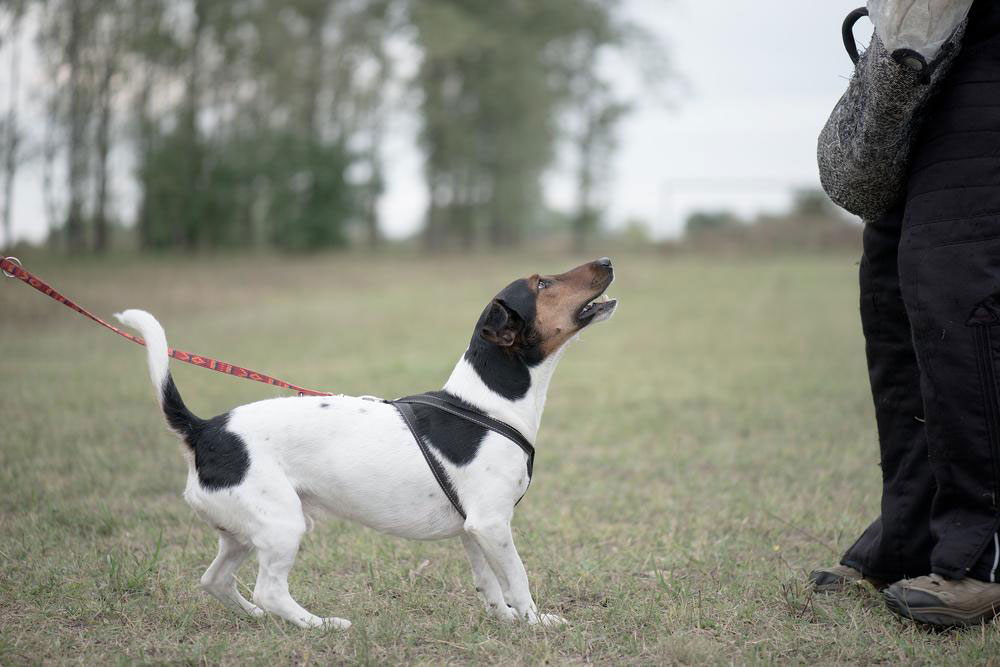Guide to Public Access Testing for Service Dog Certification
This article provides essential guidelines for the public access test required for service dog certification, emphasizing behavior standards in public settings. It highlights commands like sitting, walking calmly, and noise response, crucial for maintaining certification. Proper training and stability ensure a service dog can assist individuals with disabilities while safely navigating public environments. Understanding these requirements helps handlers prepare effectively for certification processes, ensuring their service animals meet ADA standards and behave appropriately in all public settings.
Sponsored

Under the Americans with Disabilities Act (ADA), a service dog must be trained to assist with major life activities for individuals with disabilities. As service animals are granted access to public spaces such as housing complexes, hotels, restaurants, airports, and museums, their behavior and stability in public are vital. To obtain a service dog certification, a dog must pass the Public Access Test, ensuring it does not pose risks to the public. Dogs showing aggression or difficulty in control do not qualify as service animals.
If your service dog meets the following standards, it is eligible for certification.
Note that these commands apply to on-leash service dogs; off-leash dogs can also qualify if they exhibit unobtrusive behavior.
Commands can be given verbally, with hand signals, or both. Some registries certify dogs trained by handlers to meet specific disability needs.
Sit on command: The dog should sit promptly upon instruction.
Efficient doorway entry: When entering a building, the dog must remain close and avoid wandering or attracting attention. It should walk calmly beside you inside.
Walking in a controlled manner: The dog must stay within a foot of you, walking calmly without seeking attention in crowded settings.
In restaurants: The dog should sit quietly under or near your table.
Responding to noise: The dog should not react aggressively to common noises. A startle response is normal, but aggression is not.
Getting out of a vehicle: The dog must wait for release or a command to exit, avoiding running around or disobedience.





